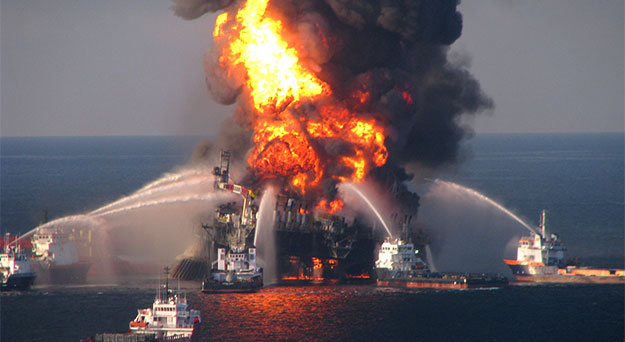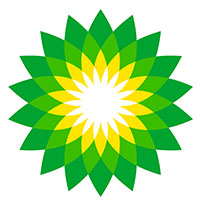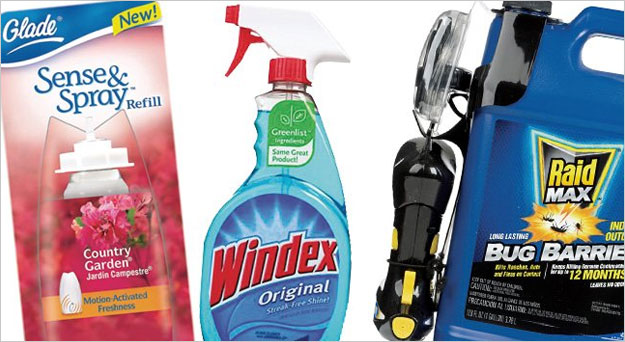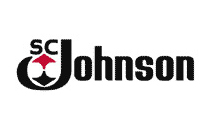Mistrustcasting: A Tale of Two Brands
September 2013
By Blaine Howard
One day recently, a high school math class decided to conduct an experiment to ascertain whether Oreo’s Double Stuf cookies actually contain twice the “stuf” – crème filling – as implied by the treat’s name.
The class’s work yielded the faintly damning discovery that the Double Stuf contain only 1.86 more filling than the original incarnation – a shortage of 7 percent. Hardly headline-making news, right? After all, most folks would agree that it’s close enough and simply applaud the teacher’s creative, hand-on approach to this classroom exercise.
And that’s where Oreo should have left it, but they chose not to. Instead, when contacted about the matter by Business Insider, the company issued a formal statement claiming the math class had reached an inaccurate total and that their Double Stuf recipe does indeed include fully twice the amount of filling. So Business Insider put together its own experiment, which came down in favor of the math class.
Oreo’s response made this story bigger than it needed to be, and as a result, the brand’s overall reputation took a hit. After all, if they felt the need to lie about 7 percent of their filling, what else might they be hiding? The cookie controversy served up good fodder for a few days of news bites and morning drive-time humor, but given the public’s lasting love for Oreo, the Double Stuf kerfuffle blew over in short order.
More than filler
The Double Stuf debacle is an entertaining – if relatively innocuous – example of just how easily the integrity of even the most well-known brands can be called into question. That’s why the task of building and maintaining trust in your brand is such serious business. For more evidence, let’s take a closer look at BP and SC Johnson, two huge corporations with very different approaches to brand integrity – and very different reputations.
Both companies deal in products under close scrutiny in today’s increasingly green-minded business and marketing environments. BP is the world’s sixth largest petroleum fuel interest, and SC Johnson is one of the world’s largest producers of household cleaners.
If you look at their advertising and PR, both companies use strikingly similar language, which is logical, given that each company has a vested interest in portraying itself as environmentally responsible and forward-thinking.
But the court of public opinion tells a very different story, making it clear that their efforts to define themselves are yielding drastically different results.
BP’s big problem
More than three years after the disastrous oil spill in the Gulf of Mexico, BP is still dealing with the aftermath on many fronts. In addition to the illegal practices which led to the spill, the company has been found guilty of felony for lying in its response to the disaster and has paid out more than $42 billion in clean-up costs, settlements and fines.

BP was found to have engaged in multiple deceptions before, during and after the spill. The company repeatedly refused to disclose accurate or timely information for months after the disaster, which resulted in a far greater impact on the environment than would have happened if the company would have been immediately forthcoming.
A visit to BP’s website shows that the spill still dominates much of the company’s PR efforts. That’s as it should be.
But even as BP touts its gulf clean-up efforts in carefully crafted feature articles, it releases defensive statements whenever its efforts and motives are called into question. For example, in a statement dated August 28, BP responds to recent allegations by the state of Louisiana claiming that BP has not adequately addressed the clean up. Here’s the money quote that leads the statement: "Any suggestion that BP has failed to address the clean up of the Louisiana coastline is both false and irresponsible.”
No acknowledgement of BP’s responsibility, no conciliatory tone indicating that BP is committed to repairing the damage it caused, no apology for all of the suffering. Just a hardline defense, with copy that reads like it was drafted by a stereotypical Hollywood lawyer. This antagonistic tone is at odds with the shiny, happy stories that appear throughout the special section of its site dedicated to the Gulf of Mexico restoration.
This stark discrepancy between rosy PR fluff pieces and sharp legal statements defines the very heart of BP’s brand integrity issue. This is a company whose practices are squarely at odds with the public image it attempts to project.

Start with the logo
Petroleum is hardly a “clean” business; the best any oil company can offer is diligent safety practices and commitment to mitigating its environmental impact.
When BP debuted its green sun logo in 2001, the flowery “helios” mark, it was a clear effort to position the brand as somehow “cleaner” and more environmentally conscious than its competitors. The green sun implies a very different focus than, say, an oil derrick looming over a seascape. Yet in the decade plus since its logo shift, BP has actually decreased its efforts in the arena of solar power, finally announcing plans to shutter them altogether in 2011.
The fact remains that BP is first and foremost an oil concern, with all the environmental risks that such companies encounter. Until BP’s research spending on alternative fuels exceeds the 50 percent mark, that logo is a blatant lie.
Follow the money
Many brands seeking to build trust with the public establish charitable foundations or make contributions to causes. With its image in desperate need of a reboot, BP has made significant donations to gulf cleanup efforts and regional charities that focus on hunger and housing. These are all high-profile, press-release-ready efforts.
It’s certainly better than nothing, and BP does seem to grasp the idea that it needs to spend big to show its concern.
But you won’t find much in the way of marine environmental research on BP’s books or any slowdown whatsoever in the company’s high-risk deepwater drilling projects. No, right along with its more environmentally friendly efforts like wind and biofuels, BP is still using the lion’s share of its research dollars to pursue the same kind of risky drilling that damaged the Gulf of Mexico so dramatically.
As John Bell writes in Forbes Magazine, “BP’s talk about caring for the environment was for naught, as its actions failed to match its message.” Small wonder that a site like boycottbp.com is still growing strong. Or that the brand ranked at number seven in MarketWatch’s 2013 poll of companies with the worst reputations.
SC Johnson’s evolving transparency
While SC Johnson certainly faces environmental concerns, it does have an inherent advantage over a company like BP. After all, a Gulf-scale tragedy is highly unlikely in the arena of household cleaners.

But this field carries its own set of risks. Many of SC Johnson’s products – insect repellents, cleaners and baby shampoo, to name a few – are used by families on a daily basis. And in the last decade, concerns have increased about how these types of products impact not only the health of customers but the greater environment as a whole.
In large part, SC Johnson has responded to such concerns with a careful trust-building approach that includes admission of mistakes and a proactive willingness to change corporate policy and behavior. While there have been a few bumps in the road, even their response to setbacks has been characterized by a tone that emphasizes responsibility over defensiveness.

Open policies
One major area of concern with consumers about household products is the ingredients. Many cleaners and air fresheners tout a natural, organic identity while their labels contain a long list of unpronounceable components unfamiliar to anyone lacking a degree in chemical engineering. In an effort to counteract this, SC Johnson launched its "What’s Inside SC Johnson" website in early 2009, where it has published complete ingredients lists for almost all of its products.
However, the company’s track record is not perfect. Its “Greenlist” label, featured on Windex and other products SC Johnson claimed passed its highest environmental standards, was the subject of several consumer-advocate lawsuits. Because the label closely resembled other third-party designations for independently vetted products, the suits rightly called into question the legitimacy of SC Johnson practice of promoting its own – potentially misleading – self-proclaimed green standard.
Response to criticism
One of the ways in which SC Johnson has been most successful in upholding the integrity of its brand is in its response to controversy. The company trades heavily on its identity as a family-owned business, something that can be difficult to buy given its global scope and multi-billion-dollar annual sales numbers. But when issues arise, it is not a corporate lawyer that does the talking for SC Johnson; it’s Fisk Johnson, CEO and true blood family representative.
In the case of the Greenlist issue, Johnson reiterated the company’s commitment to the environment, but admitted its misstep. “When you're out in front of an issue like this, it means that you're not always going to get it completely right, as was the case with this particular issue," he said.
SC Johnson has also demonstrated a willingness to change its formulas and policies ahead of any legal mandate – and also ahead of many competitors. The company has reduced its greenhouse gas (GHG) emissions by 42 percent since 2000, and it has installed two wind turbines at its largest global manufacturing facility, enabling that facility to produce most of its electrical energy onsite.
Integrity gets results
All of this earnest effort is certainly paying off for SC Johnson. In 2012, the United Nations Foundation for Social Change honored the company as a global Leader of Change, and in 2013, the company received an EPA Climate Leadership Award for Aggressive Goal Setting.
SC Johnson’s mix of staying true to its family roots, increasing transparency with customers and demonstrating a willingness to change combines to reinforce its reputation as a brand that operates with integrity. While the company isn’t perfect, its actions maintain consistency with its image. By any measure of consumer confidence, that’s a powerful – and to borrow from BP’s ill-used lexicon – sustainable strategy.
Blaine Howard is a writer and editor with more than 20 years of experience crafting the art form of the written word in a wide variety of fields, from marketing and advertising to nonprofit and pop culture. Blaine currently serves as associate editor for Fame Foundry.